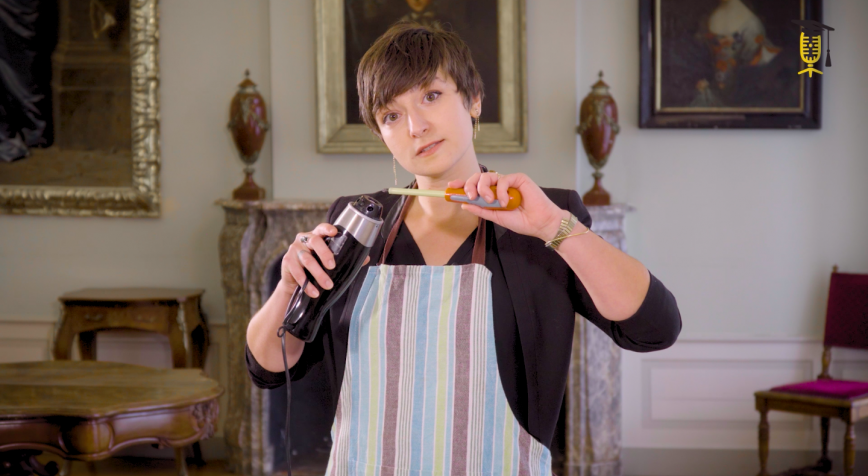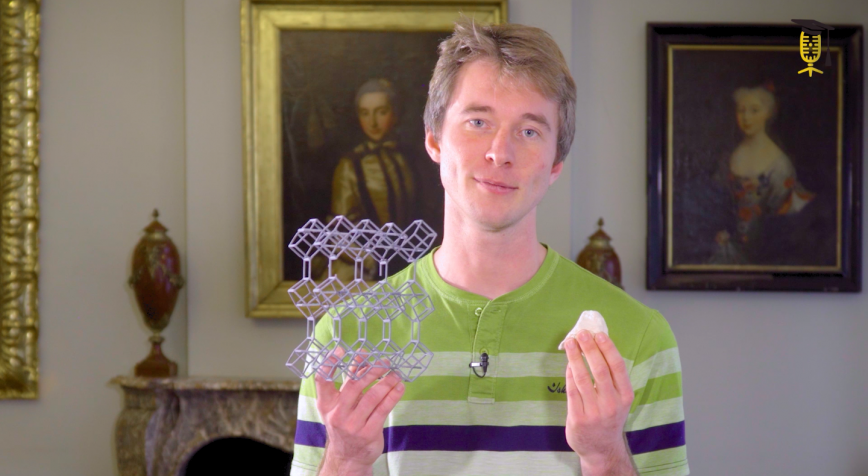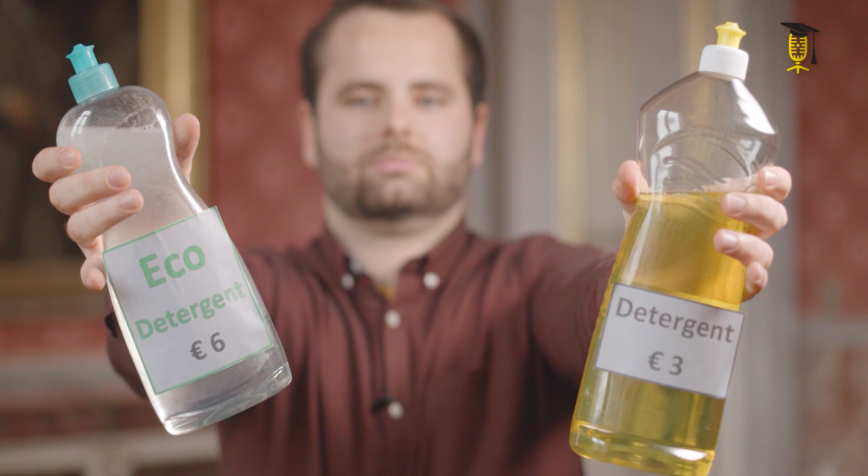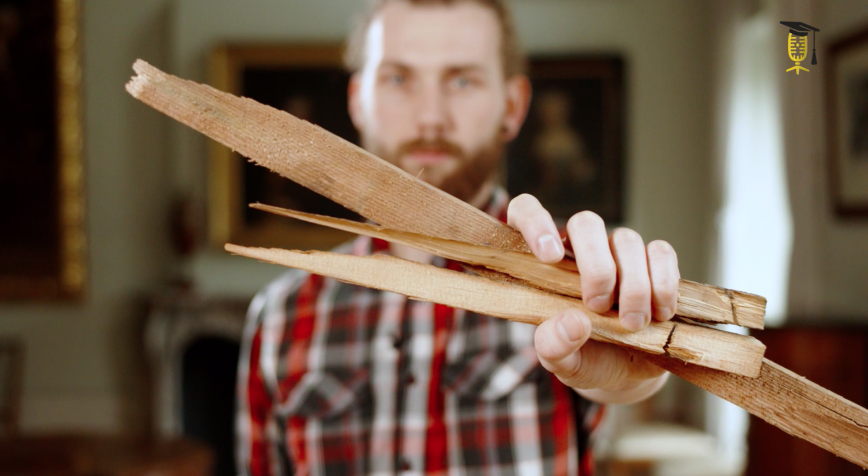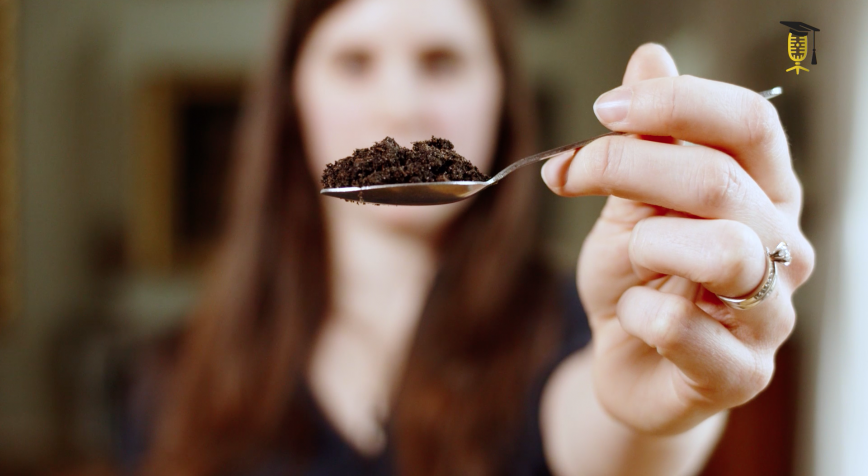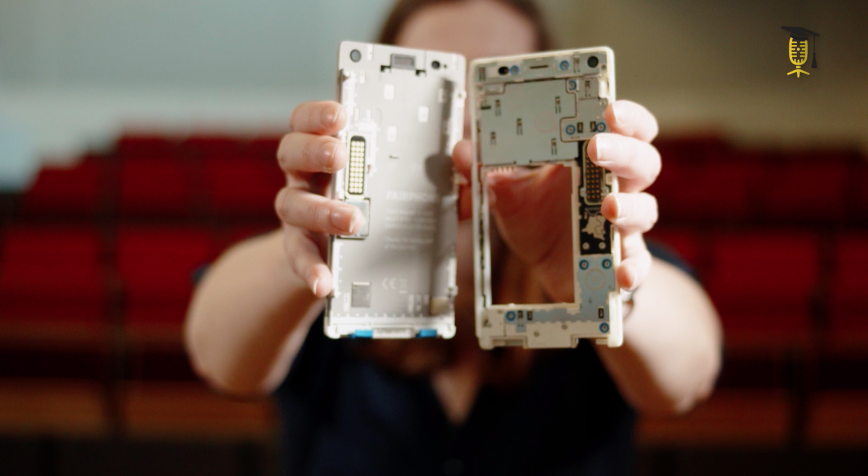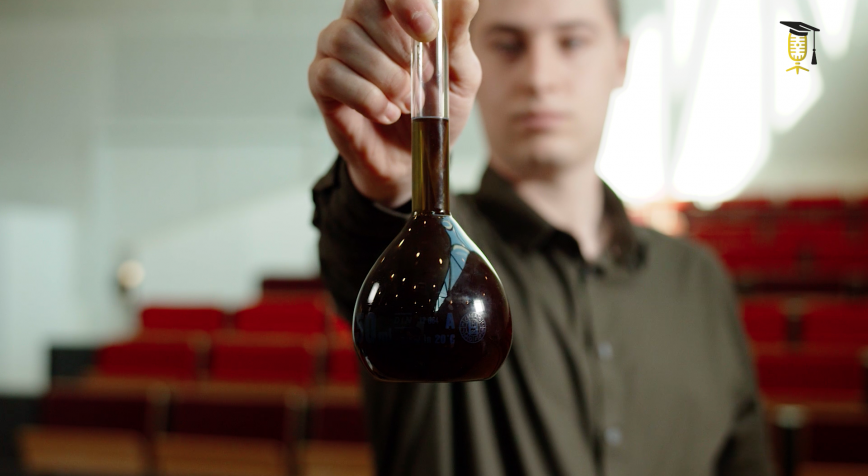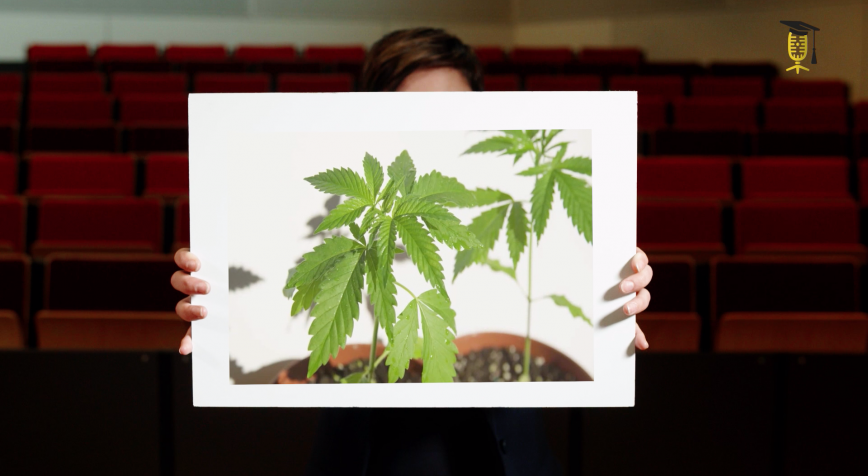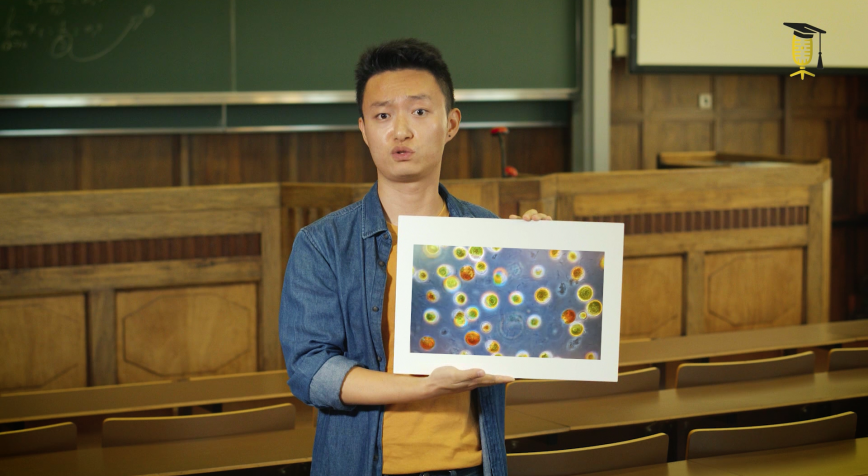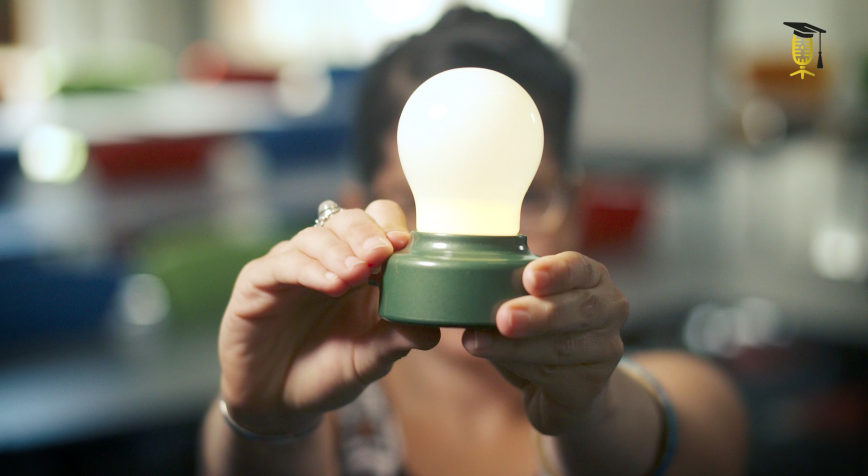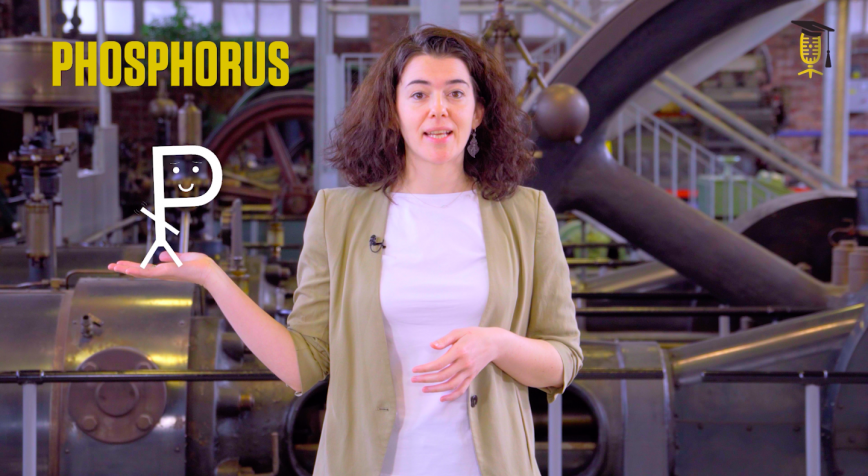
KU Leuven
The circle of food
Our poo and pee are too precious to waste, says Angelou Papangelou. The phosphorus in our excrement and in animal manure can serve as the food of our food and shouldn't go to waste. That's why Anastasia Papangelou is mapping the nutrient stocks and flows in the country, so that we can put our poo and pee to good use!

